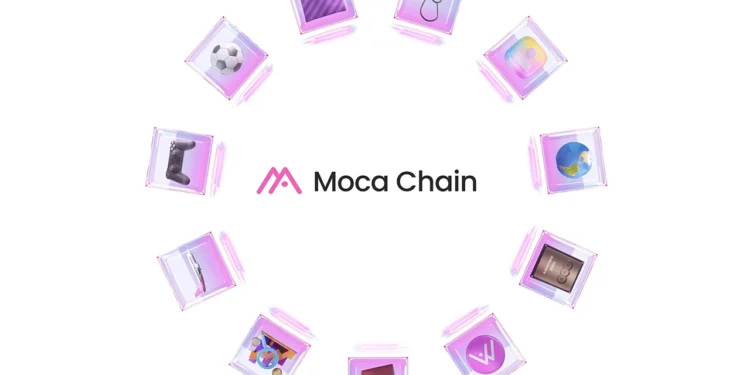Quick Take
- Yat Siu sees reputation as the critical missing infrastructure layer across chains
- Moca Chain will let users carry verifiable history and trust signals anywhere in Web3
- The long-term goal is enabling unsecured credit, fairer access, and scalable trust
In a recent Moca Network-hosted Space, the Animoca Brands co-founder explained what Moca Chain is built to do. He spoke about reputation as a core layer of coordination, describing it as something deeply rooted in how people build trust, access opportunity, and form networks.
Moca Chain, now live in testnet, is being positioned as infrastructure for decentralized identity. That much was already public. What hadn’t been said plainly until now is that the chain’s real purpose is to enable verifiable, portable reputation. Not in a social scoring sense, but as a record of trustable behavior. Yat framed it as the missing foundation for real coordination in Web3.
Reputation is what lets people get jobs, borrow money, rent homes, or build companies. It’s what makes commerce work. Without it, there’s only collateral and contracts. Web3 has leaned hard on both. Most systems today still assume every user is starting from scratch, with no past, no history, and no context. That’s friction, and according to Yat, it’s avoidable.
He said Moca Chain is being built to solve that gap directly. The chain uses zero-knowledge proofs and modular credential systems to let users build up reputations that can be proven across any ecosystem, without exposing sensitive data. Work history, financial behavior, DAO contributions, even proof of being a reliable participant in a game or app. All of it can be turned into verifiable credentials. Once that layer exists, users won’t have to rely on a wallet address or token balance to be seen.
Yat called this “the most important thing we strive for” in digital systems. Not ownership, not access, but respect. That’s what reputation earns in any system, and it’s what Web3 still lacks.
He also talked about what happens when this kind of framework is live. One of the biggest unlocks is unsecured credit. He pointed out that most people don’t enter financial systems because they already have capital. They get access through trust. A credit card, a small loan, a mortgage which are all based on reputation. Bringing that logic into Web3, where credit is still heavily collateralized, could open the door for billions to participate.
As you can see the idea goes well beyond DeFi. If apps, wallets, and protocols can verify reputation without holding user data, the result is something closer to a trust economy. No need for repeat KYC. No need for centralized ad networks scraping behavior. If a user has proven value in one app, that trust signal can be verified and rewarded in another. That’s the point of building on-chain, Yat said. It creates a foundation for composability across systems.
Moca Chain is being built as infrastructure for identity and credential systems. It provides a base layer for verified identity, portable credentials, and zero-knowledge privacy. The chain is focused on supporting data coordination across protocols and platforms. The $MOCA token powers the network by handling staking, credential storage, and verification fees. Credential issuers generate records, users manage consent, and verifiers access proofs through $MOCA.
Yat was clear about where this goes. A more efficient web. One where trust is programmable, where bad actors don’t get unlimited second chances, and where reputation travels with the user. If it works, it means people can finally stop starting from zero.
For more details on Moca Chain, see the Animoca’s official press release.






